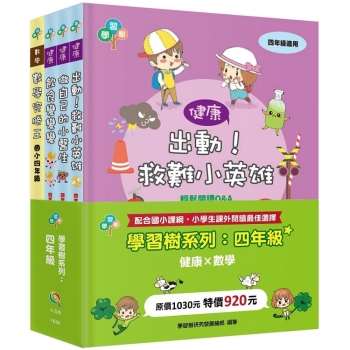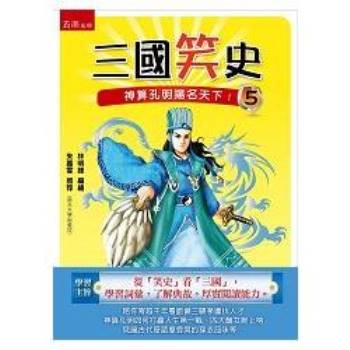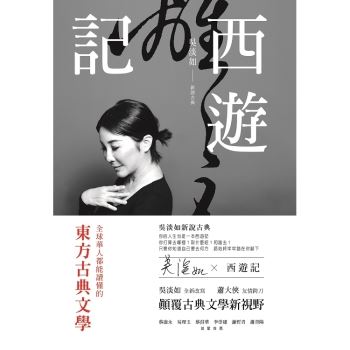Around 10% of all vascular plants in the world have an epiphytic habit. This book characterizes the floristics, structure and spatial distribution of the vascular epiphytic community in protected and unprotected forest fragments in the Sorocaba/Médio Tietê watershed, which has three vegetation types - cerrado (CER); semideciduous seasonal forest (FES); dense ombrophilous forest (FOD). Seven forest fragments were investigated in each vegetation type. A total of 1080 phorophytes were assessed and divided into six vertical strata. We recorded 176 epiphytic species belonging to 66 genera and 14 families; H’=3.695; J=0.713; DMg=18.39. Among the species, 56% were anemochoric and 44% zoochoric. The greatest floristic similarity was observed between CER and FES; FOD had the highest number of exclusive species (94 spp.). The vertical distribution was different between CER and FOD, and between FES and FOD, but similar between FES and CER. The results indicate the dependence of the epiphytic community on atmospheric humidity. The presence of 50 species under some degree of threat constitutes a strong argument for the conservation of forest fragments in the basin.
| FindBook |
|
有 1 項符合
Bataghin的圖書 |
 |
$ 4125 | Vascular epiphytism in the Sorocaba/Médio Tietê River Basin
作者:Bataghin 出版社:Our Knowledge Publishing 出版日期:2024-07-03 語言:英文 規格:平裝 / 228頁 / 22.86 x 15.24 x 1.32 cm / 普通級/ 初版  看圖書介紹 看圖書介紹
|
|
|
圖書介紹 - 資料來源:博客來 評分:
圖書名稱:Vascular epiphytism in the Sorocaba/Médio Tietê River Basin
|




![塔木德:猶太人的致富聖經[修訂版]:1000多年來帶領猶太人快速累積財富的神祕經典 塔木德:猶太人的致富聖經[修訂版]:1000多年來帶領猶太人快速累積財富的神祕經典](https://media.taaze.tw/showLargeImage.html?sc=11100697818)






